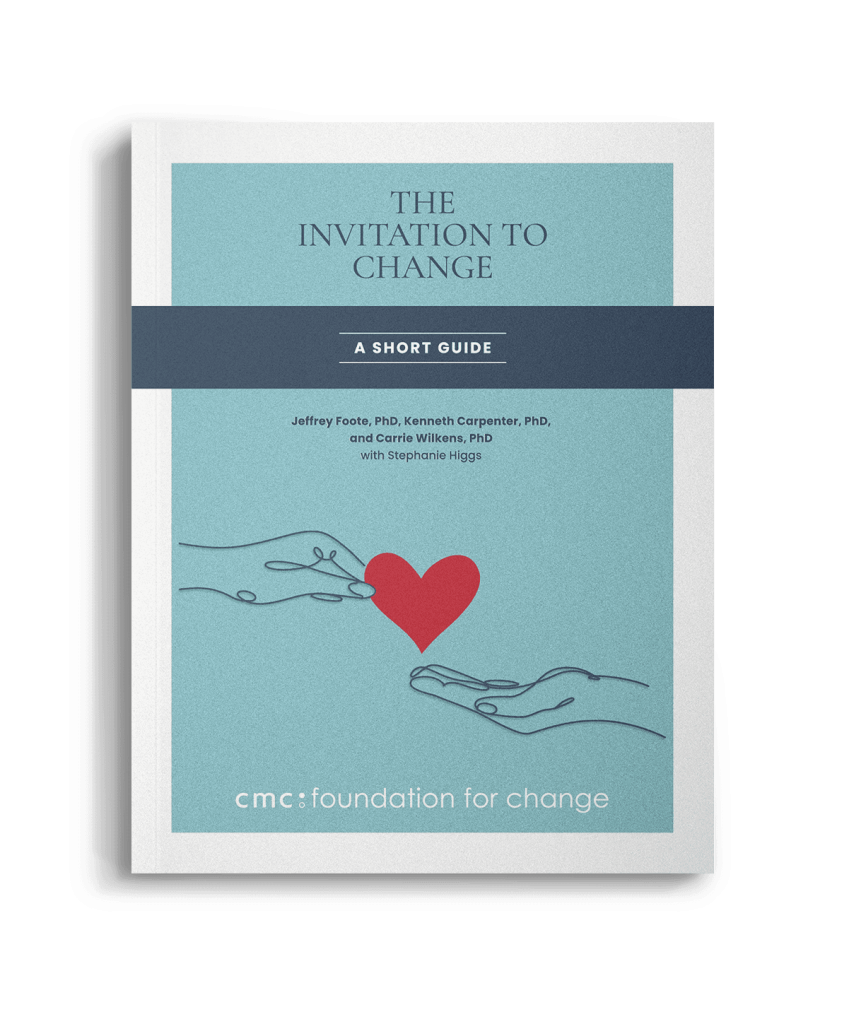Since you now know that “your child’s behavior makes sense” because substance use is reinforcing, we can move on to positive reinforcement as one of the core helping strategies in CRAFT. That is, you can use the same behavioral mechanisms that reinforce substance use to reinforce other behaviors instead. Basically, reward your child when she does something that you want her to do again (coming home sober, picking up her room, talking in a calm manner, being nice to her sister). A reward can be a compliment, a hug, a favorite meal, a gift card, or—and this is often overlooked— simply acknowledging what she has done. Linked to a behavior, such “gold stars” help your child start to see the value in acting that way again. Your part is to figure out what’s rewarding to her and tolerate the discomfort you may feel in rewarding behavior you think she “should be doing anyway.”
How will your child learn to want change herself if she is “just” doing it for the reward?
In fact, positive reinforcement, when practiced consistently, helps your child’s internal motivation. Why? Because with practice, over time, she will experience the benefits of the new behavior and it will become rewarding in and of itself. Meanwhile, your reinforcement boosts her willingness to engage in new behaviors in the first place, so that she can start experiencing the intrinsic benefits of positive change.
HOW WILL REINFORCING CHANGE ANYTHING?
The value in reinforcing positive behavior by rewarding it is that it can start to compete with the reinforcing effects of drugs and alcohol. In essence, your child can learn to “feel good” in other ways rather than using drugs/alcohol. They can feel proud of themselves, acknowledged, recognized for their efforts. All the feel good things that contribute to a healthy self-esteem and ability to cope with life.
WHAT MIGHT BE HAPPENING INSTEAD?
Contrary to what you might have heard, confrontation and punishment are not the most helpful strategies to use when you are trying to encourage change. In fact, they are likely to push things
in the exact opposite direction as your child acts to defend their position. Nor is detaching the answer, because it leaves you with no way to positively influence your child. It may also be that your child’s unhealthy behavior gets most if not all of your attention, even at times when she isn’t using—because you’re still fuming after the last time, or worried about the next. When a family is caught in a cycle of confrontation and punishment, negative attention may be the only kind the child receives.
While your negative feelings are understandable, they can prevent you from noticing the good things that also happen (when she’s sober and doing her homework, sober and having dinner with the family, and so on). It may seem to your child that she can’t do anything right (because you are upset all the time), so why bother? The key to your child making changes that stick will be your attention (which is a reward in and of itself) to the healthy, adaptive behaviors that you see. Reward your child when she is not using! In other words, “catch her being good” (as rare as that may seem sometimes!). Staying involved and rewarding steps towards healthy behavior is what will work to help motivate your child.
Take a moment to think about meaningful rewards for your child. Here are a few guidelines:
- Rewards are in the eye of the beholder.
A vacation in Italy might feel like winning the lottery to you, but for a child, earning a later curfew and a gift card for music might hit closer to the mark. Spend some time thinking, talking to your partner, or talking to your child about what she finds rewarding. You can also look around for what rewards she is already getting that you might want to tie to her behavior. - Rewards fit your child’s needs in her current life stage; these may change as she develops.
For example, most ten-year-olds prize quality time with a parent, but at seventeen… not so much. Again: rewards are in the eye of the beholder. - Rewards follow closely the behavior they’re meant to reward.
Timing helps link the reward to the behavior, so plan rewards that you can deliver immediately or shortly after (not before) the behavior takes place. Resist the temptation to give something now in the hopes that her behavior will change later. - Rewards are things you’re willing and able to give.
Make sure you’re comfortable with the cost and other qualities of the rewards you choose. The new Grand Theft Auto game might be something he’d really like, but if it’s not compatible with your values and budget, you can think of something else. Some of the most effective rewards, like your attention, compliments, and affection, are free.
For more guidelines and examples of reinforcement in action, see our whole chapter about it in Beyond Addiction.
Practiced consistently over time, positive reinforcement will enhance your child’s motivation to change. Try to have patience and don’t give up if her behavior doesn’t change as fast as you’d like it to. Change takes time. If you’re uncertain or find yourself thinking “this doesn’t work for my child” or “he doesn’t care about anything,” review the guidelines: Is the reward rewarding to your child? How’s your timing? And bear in mind, consistent behavior change is hard for everyone, but especially for teens and young adults, who are so in flux anyway. Try to tolerate the process and remember that changing behavior patterns takes willingness to resist engaging in them long enough to learn new ones. It’s a lot of work!


